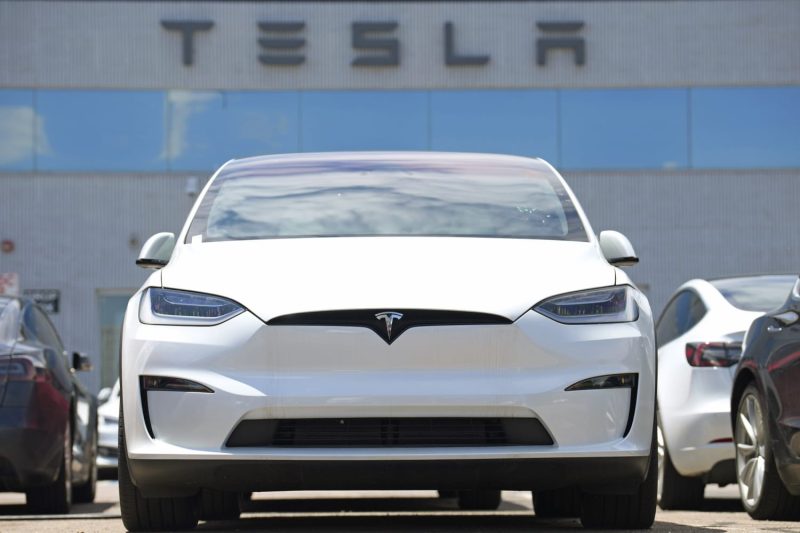The recent announcement of job cuts at Tesla has stirred up concerns among investors and industry analysts that the electric vehicle (EV) maker may be facing challenges related to demand for its products. This move by Tesla, although not uncommon in the volatile automotive industry, has led to a closer examination of the company’s standing in the EV market and its ability to sustain growth amidst increasing competition.
Tesla’s decision to cut jobs is a strategic move aimed at optimizing its operations and aligning its workforce to current market conditions. The company has faced production challenges in the past, with Musk himself acknowledging the production hell they went through during the launch of the Model 3. By streamlining its workforce, Tesla aims to eliminate redundancy and improve efficiency in its production processes, ultimately enhancing its competitiveness in the market.
While job cuts can be perceived as a sign of weakness by some, it is essential to understand the broader context in which Tesla operates. The EV market is rapidly evolving, with traditional automakers increasingly investing in electric vehicles to meet stricter emission regulations and changing consumer preferences. In this dynamic landscape, Tesla’s ability to innovate and adapt to market trends will be crucial in maintaining its position as a market leader.
Furthermore, the concerns raised by Wall Street regarding Tesla’s demand problem should be viewed in light of the company’s ambitious growth targets and its historical performance. Tesla has managed to disrupt the automotive industry and establish itself as a pioneer in the EV market, an achievement that should not be overlooked amidst short-term fluctuations in demand.
It is worth noting that Tesla’s decision to cut jobs does not necessarily imply a lack of demand for its products. Instead, it reflects the company’s commitment to operational excellence and sustainable growth. By optimizing its workforce and focusing on core competencies, Tesla aims to position itself for long-term success in an increasingly competitive market.
In conclusion, while the job cuts at Tesla may raise concerns among investors and industry observers, it is essential to consider them as part of a broader strategy aimed at strengthening the company’s operations and ensuring its future viability. Tesla’s ability to navigate challenges and capitalize on opportunities will be key in maintaining its leadership in the EV market and shaping the future of sustainable transportation.
